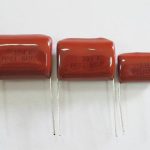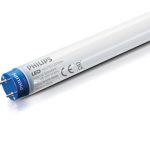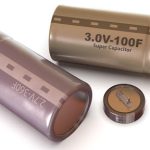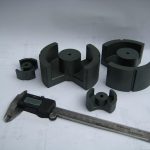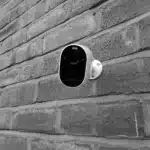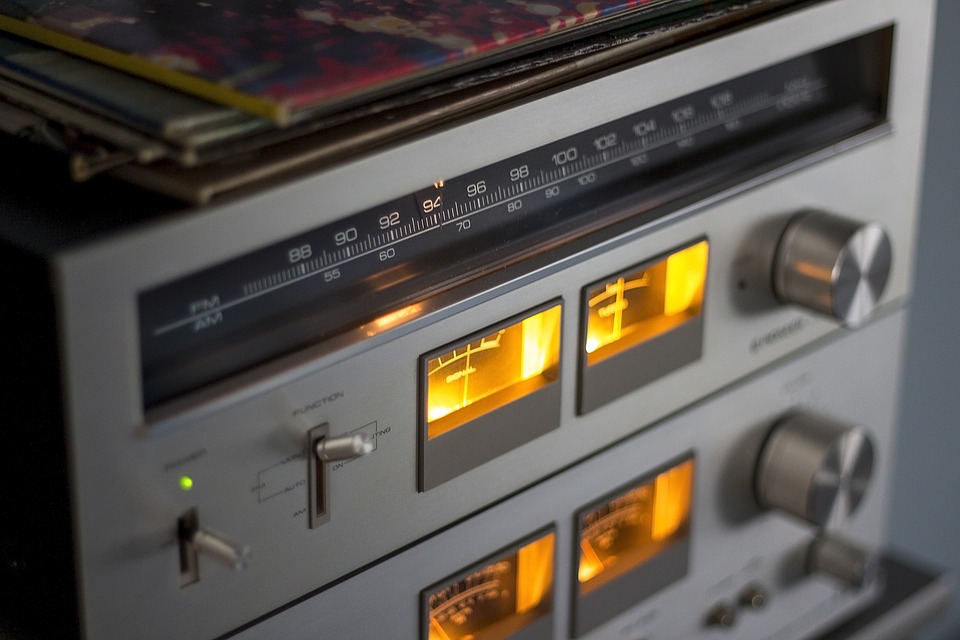
Superheterodyne Receiver
A way to Get People to like Superheterodyne Receiver is to inform them Know how the superheterodyne receiver operates and what its benefits are. Superheterodynamism means you are Superheterodyne when you are using the lower side band (the gap between the two frequencies). The word superheterodyne is strictly speaking the development of a beat frequency that is lower than the original signal. While we used the illustration of side bands of amplitude modulation, we are not speaking regarding transmission coding detail. What is super-heterodimer is to combine the signal frequency intentionally in a different frequency of the receiver before the processing is finished.
Growing innovations
There are growing innovations and techniques involved in the receiver. Overall theory: behind the superheterodyne radio, the basic concept and principle include the method of mixing. This allows the translation of signals from frequency to frequency. The input frequency is often considered the RF input whereas the oscillator signal produced locally is named a local oscillator and the output frequency is the medium frequency between the RF frequency as well as the audio frequency.
Image Response
The picture response is one of the major issues within the superhet radio. Signals can be reached in the intermediate frequency stages at two different frequencies. RF tuning takes one-off and takes the other.
Block diagram
Double conversion
Two or even three conversions can be used to boost the output components, including image rejection.If a Superheterodyne radio receiver prefers the intermediate frequency, it is possible to make a distinction between the benefits of having a low frequency, whether or a high frequency, since everyone has its own advantages and disadvantages.
High frequency IF
In the case of any intermediate frequency within a superhet radio, the answer to the image appears twice as frequently as the IF from the appropriate transmitter. Making the IF as high as possible makes it possible that the image response is as far away from the required signal, facilitating RF filtering to remove the unwanted response and achieving significantly better rejection levels. The use of a high-frequency intermediate frequency, therefore, provides good rejection of the image. Modern receptors that cover frequencies of up to 30 MHz may be fitted with first IFs of 50 or 60 MHz to achieve the god-fit standard.
Low frequency IF
The benefits of using a lower frequency IF is to decrease the frequency of the filters supplying the next channel rejection and using a low frequency IF makes high performance while maintaining low costs, Although filters such as ceramic filters, crystalline filters and the like have improved over the last years, cost and efficiency at lower frequencies are still better. Of course, if 60 MHz IF are used for the key range, then the filters would not work as well at these frequencies and would be much more expensive.
Advantages
The signal from very high-frequency sources is reduced when ordinary components (like a radar receiver) are not working.It makes it possible for many components to operate at a fixed frequency (IF section).so they can be optimized or made cheaper and the arithmetic selectivity reduction in frequency can improve signal isolation.







